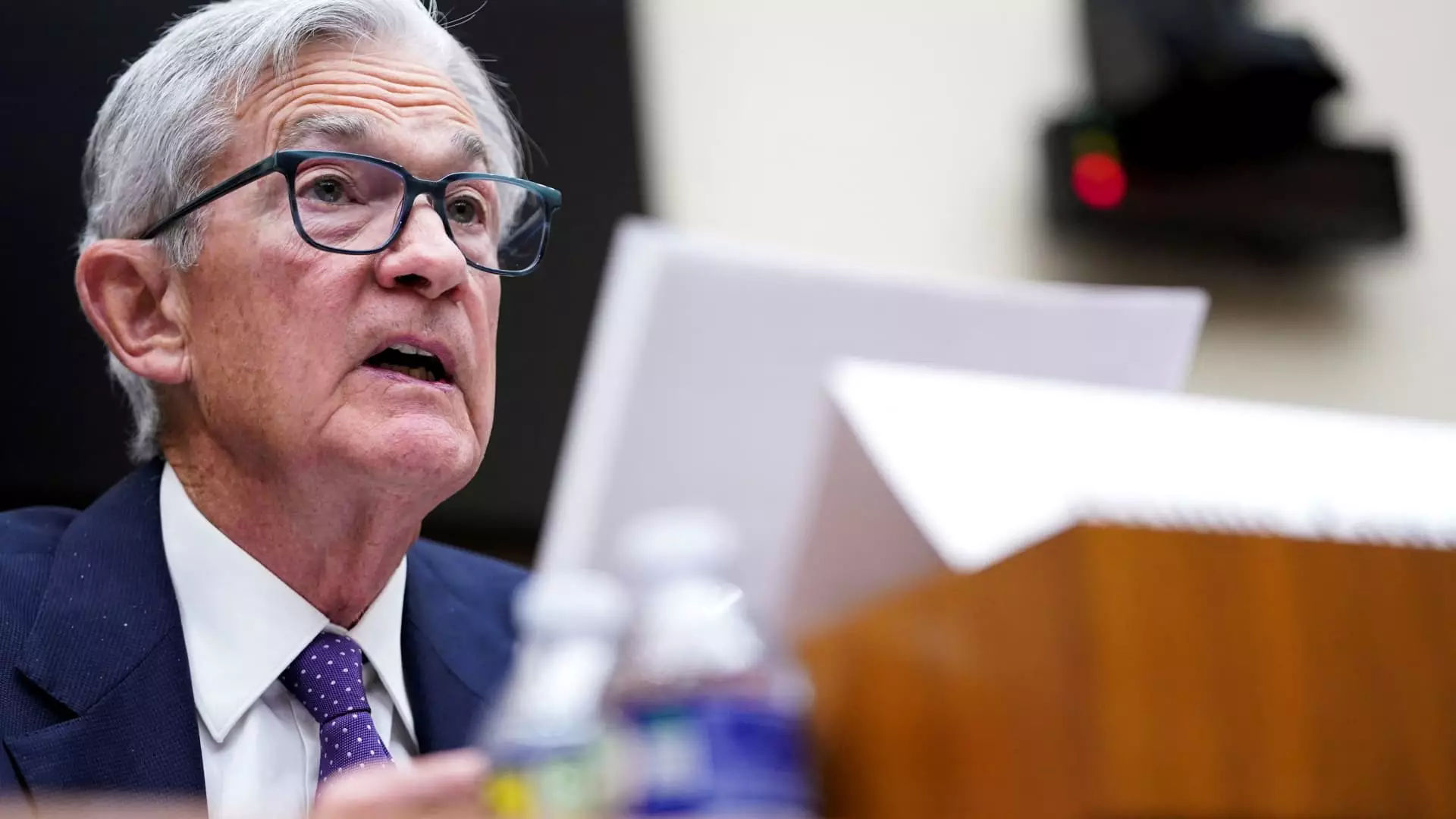The Federal Reserve’s latest economic outlook is nothing short of alarming. In their recent assessment released on Wednesday, officials have downgraded growth projections for the U.S. economy, anticipating an increase of only 1.7% in 2025. This stark revision from the prior forecast of 2.1% reflects an unsettling reality: the economic landscape is shifting under our feet, and the risk of stagnation looms larger than ever. As a center-right liberal, I cannot help but view this shift as a signal for urgent reevaluation of policy measures that are not only detrimental to business but are also imperiling American consumers.
Inflation: The Unwelcome Guest
In conjunction with slashed growth expectations, the Fed raised its inflation forecast, now projecting core prices to rise at an annual rate of 2.8%, up from a previously articulated 2.5%. This upward tick is certainly concerning, giving rise to fears of stagflation, a toxic mix where inflation thrives amidst stagnating growth. What’s alarming is how this situation has been exacerbated by aggressive tariffs introduced during the Trump administration. This ill-advised policy has not only raised prices on imports but has also stifled consumer spending—one of the lifelines for economic vitality.
Rising Uncertainty Among Businesses and Consumers
Fed Chair Jerome Powell lamented the increasing uncertainty surrounding this grim economic outlook, pointing out that survey data from both households and businesses reveal rising concerns over downside risks. This growing trepidation is particularly troubling; when businesses and consumers are hesitant to spend or invest, it only serves to deepen economic lethargy. As a proponent of free-market principles, I worry that the Fed’s current environment stifles innovation and risk-taking—crucial drivers of prosperity.
The Interest Rate Dilemma
In light of these unsettling projections, the Federal Reserve has maintained its key interest rate within the range of 4.25%-4.5%. However, forthcoming rate cuts remain in view, with some members projecting that the benchmark rate will settle around 3.9% by the close of the year. This stance raises eyebrows when juxtaposed against the backdrop of an inflationary environment. Do we want to incentivize spending when prices are climbing? It seems counterproductive and poorly timed, further compounding the fears surrounding financial instability.
A Call for Thoughtful Economic Policy
With an economic outlook so grim, the call for swift and cohesive reform resonates louder than ever. We need policies that support growth through tax incentives and bolster trade agreements, rather than through tariffs that aggravate consumers. The Fed’s caution is warranted, but the focus must also shift toward fostering an environment that not only mitigates risks but also spurs economic growth. A proactive approach is needed to navigate this turbulent landscape, ensuring that we do not succumb to the broader malaise of stagnation and inflation. The time for strategic intervention is now; complacency will not serve us well in these uncertain waters.

